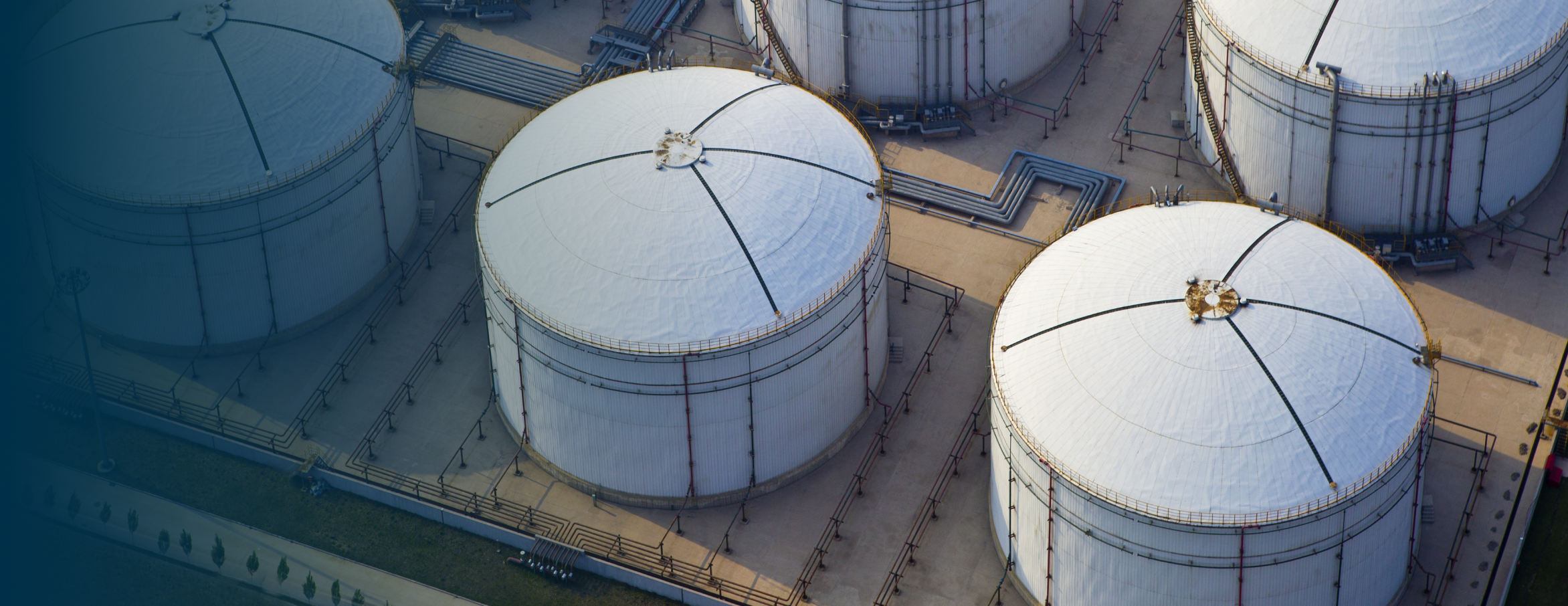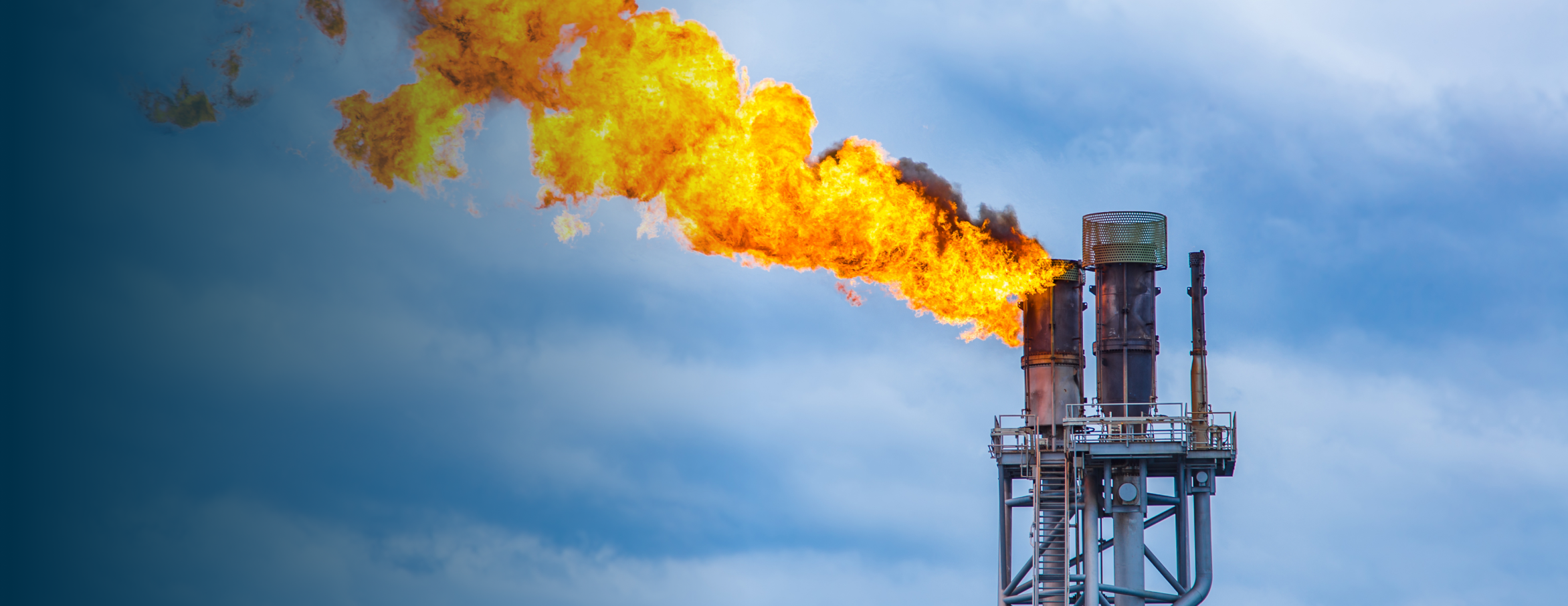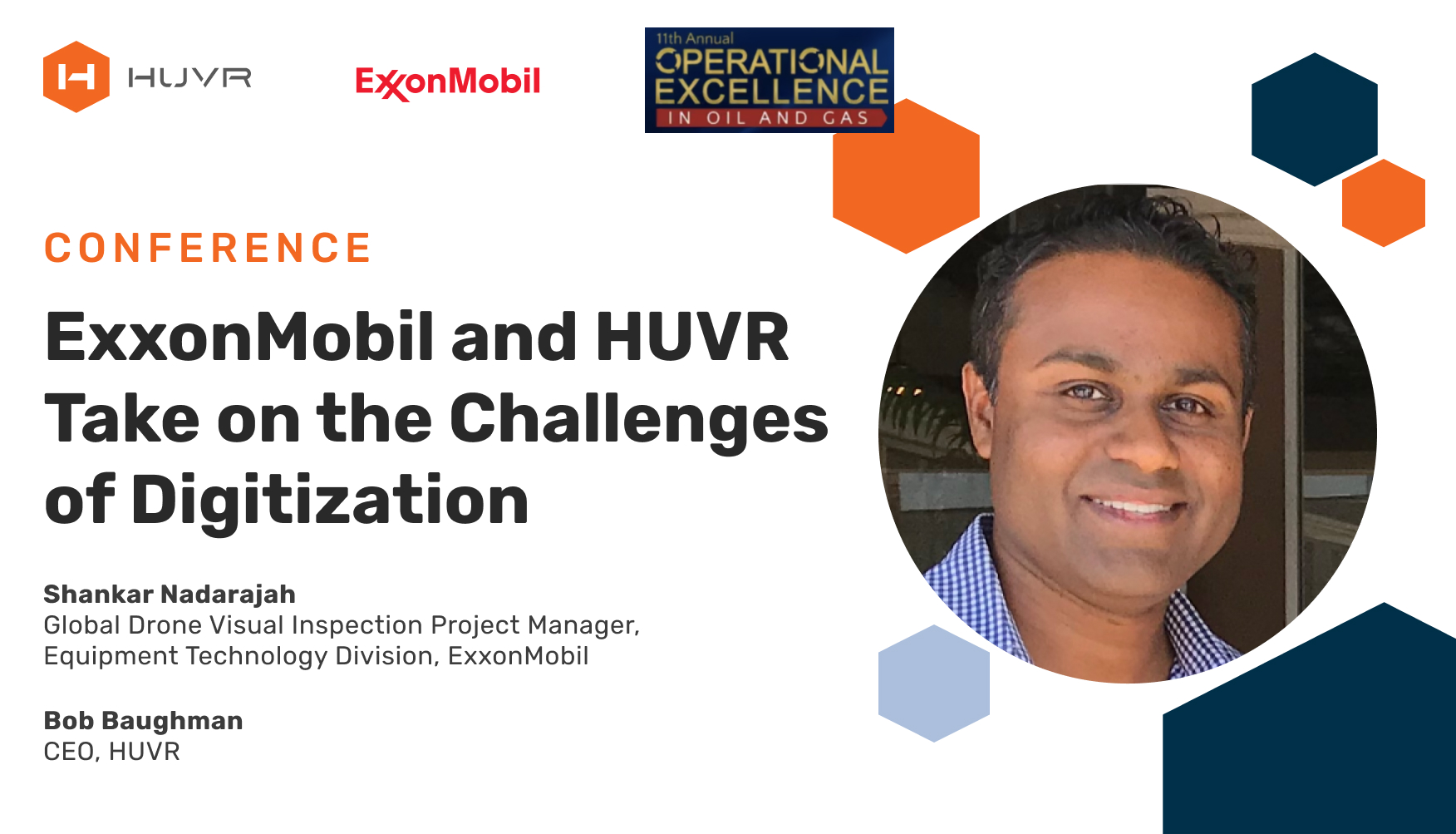Progress marches on; this is true of aerial drone technology as much as anything else. When first on the scene, it seemed like most of what we heard about drones fell into the buckets of “cool and expensive” or “slightly humorous.” Times have changed. Now, drones are an integral part of not only our lives, but our industrial output. Costs are down: inspectors no longer rely on extremely expensive models to do basic work. And these less expensive drones boast far superior technology, opening up an entire world of potential inspection applications, increasing your reliability, maintenance planning and safety.
Don’t leave money on the table
The pulp and paper industry leaves an average of $500 million to $1 billion per company laying on the table thanks to unplanned downtime and lost production. Lower profit is bad in any business, but when you factor in the ever-thinning margins pulp and paper operations are facing, scooping those dollars back up becomes even more critical.
Furthermore, insurance companies are becoming increasingly involved in a mill’s operations, requiring disclosure of inspection data, information about how maintenance is scheduled and how repairs are performed. Simply documenting this information for internal stakeholders is time consuming; preparing reports for external eyes is an even more daunting task.
Drones reduce downtime and increase reliability and safety
The good news is that drones are a viable way to reduce maintenance costs and unplanned downtime while increasing safety and reliability. They are not a panacea for all the ills of the pulp and paper industry, but they can have a significant impact on your day-to-day operations.
Drones can fly and people cannot
Using drone inspections is a boon to your maintenance department. Agile drones can perform inspections in minutes that once took hours to complete. Although faster, they are equally or more reliable than human inspections in most cases. They can inspect assets at temperatures that a human being could not tolerate. They can operate inside a tank without the need to clean it to make it safe for a human to enter. This all serves to lower the cost of inspections in general, both through time saved and a dramatic reduction of the cost of scaffolding—after all, drones can fly and people cannot.
Since drone inspections are quicker, you are able to perform more inspections. More inspections means a better awareness of the status of your assets, allowing you to catch small issues before they devolve into problems or full-blown crises. Since you have a better idea of the overall health of your plant, you can schedule maintenance more effectively, meaning repairs take less of a toll on the bottom line.
Human eyes do not export images
Using drones also increases the quality of the images you gather during an inspection. Thanks to multiple types of payload sensors, high-definition photography and video, every image is more valuable, which allows you to notice small issues even sooner. Furthermore, when an inspection is performed by a person, you will receive far fewer images; much of the inspection entails someone looking at an asset, and the inspector’s eyes do not export images. Everything a drone “sees” is captured and recorded.
Increased inspection speed also means you can inspect an asset during a planned outage. Whereas before the time and headache of setting up scaffolding precludes a “quick, just-in-case” inspection during downtime, sending in a drone takes only a few minutes. Instead of inspecting a single HD tower every year, drones can inspect all of them in less time than it took to inspect just the one.
A damaged drone is not a SIF
Embracing drone inspections can mitigate or prevent high-potential events like a SIF. The difference in risk between a person climbing up scaffolding or down into a tank versus using a drone is immense. The worst-case scenario with a drone means buying a new drone—with humans, the worst-case is injury or death. You can send a drone right next to a machine that is in operation without risking harm to a human. You can send them into confined spaces, near chemical fumes, etc. The list goes on. There is simply no safety-related argument against drones.
Mitigating the side-effects of drones
No system is perfect, and while using drones solves many problems, they also introduce some new challenges into your workflow. Drones collect a tremendous amount of information; enough that the volume can potentially overwhelm human inspectors.
Furthermore, all this data must be stored somewhere and transported somehow. This is traditionally done on flash or portable hard drives. However, this creates security concerns. Flash drives are famously unsecure. Moreover, the info on a drive tends to stay on a drive. Data that is unreachable effectively does not exist and usually ends up siloed. Even if you undertake the laborious copying and pasting and move the data to your system, how will it be integrated?
Let HUVR handle it
As you may have guessed, we have an answer for all of that. By partnering with HUVR, you gain a powerful platform that eliminates workflow and data amalgamation roadblocks by developing a process specifically designed to meet your needs. HUVR is format agnostic. Regardless of what your drones are sending you, HUVR can handle it. All the data from your drones flows into a single, safe container that you control.
In the event an asset needs work, you can set things into motion with the press of a button, automatically notifying stakeholders and scheduling crews. When the work is complete, a report is sent back—say goodbye to ad hoc meetings or waiting for weeks at a time.
HUVR meets you wherever you are in the digitization process. Most operations are somewhere between buying their first drone and full robot inspections, so being able to step in and help anywhere is critical. As you scale your drone program within a mill—0r across your company— HUVR scales with you. It’s the first and only data amalgamation solution you’ll need.
What used to be a complex and often-chaotic chore is now a smooth, streamlined process, tailored to your operation. You can deliver up to a 40% improvement in your inspection workflow timeline for both internal teams and external inspectors. This means that in addition to all the benefits of drones and all the benefits of HUVR specifically, resources formerly bogged down in the mire of maintenance scheduling, planning and execution are available for more valuable, revenue-generating work.
Ultimately, you can expect significant efficiency improvements. The more you streamline and automate your inspection and maintenance workflow, the more value you receive.






